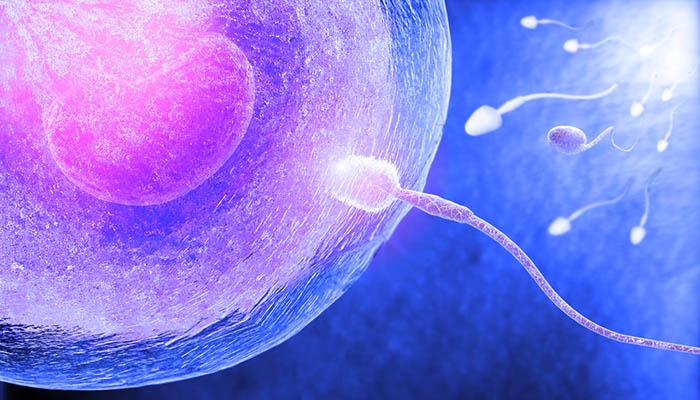Shutterstock
In a new scientific breakthrough, researchers have discovered how to distinguish a male sperm from a female one.

The technique has been used to produce litters of mice that were 90 percent male. And it could also eventually open doors in terms of human gender selection as well.
Using the method, couples could effectively select their child’s gender beforehand when undergoing in vitro fertilization.
The process involves a new, chemical treatment that allows for the segregation of sperm carrying X or Y chromosomes.
Scientists found that when a chemical was introduced, X chromosome (female) carrying sperm slowed, while Y (male) carriers sped up.
In experiments with mice, they found that using the hastened sperm resulted in predominantly male litters. Using the slower ones resulted in litters that were 81 percent female.
The study evidencing this was published in Plos Biology.
The shorter Y chromosome has fewer genes than the female X chromosome, which has many. Apparently, the difference means that scientists can tell the two apart.
The published study focuses on mice, however, that’s not the only animal for which the method has been tested. According to the researchers, led by Hiroshima University’s Masayuki Shimada, the technique could also be applied to other mammals.
They claim it has also already been used to selectively produce male and female livestock. Though research pertaining to this has not yet been published.
The inexpensive and simple process does not appear to damage the sperm’s DNA. And when it comes to sex selection for artificial insemination or IVF, it could significantly simplify things.
There are already existing procedures that can lead to a couple’s ability to choose between genders when undergoing IVF. However, it is seen as unethical for doctors to use IVF for patients who do not have fertility concerns.
In other words, you need to be an acceptable candidate for IVF in the first place.
In the U.S., gender selection is seen as a potential byproduct of screening procedures conducted when IVF is necessary for conception. (Currently, when more than one viable embryo is produced, parents may potentially be given an option of which to use.)
In some countries, such as the U.K., gender selection is illegal.
The new method would certainly make gender selection easier and cheaper for parents that wish to have a choice.
Shimada asserted that it is, however, “speculative at the moment” when it comes to human reproduction. He also noted that it “involves significant ethical issues.”
Using this chemical on human sperm is not something we’ll likely see in the near future. Not only is much further testing needed, but there are also other major hurdles to overcome.
It is more likely that the procedure will be used in conjunction with the artificial insemination of livestock.